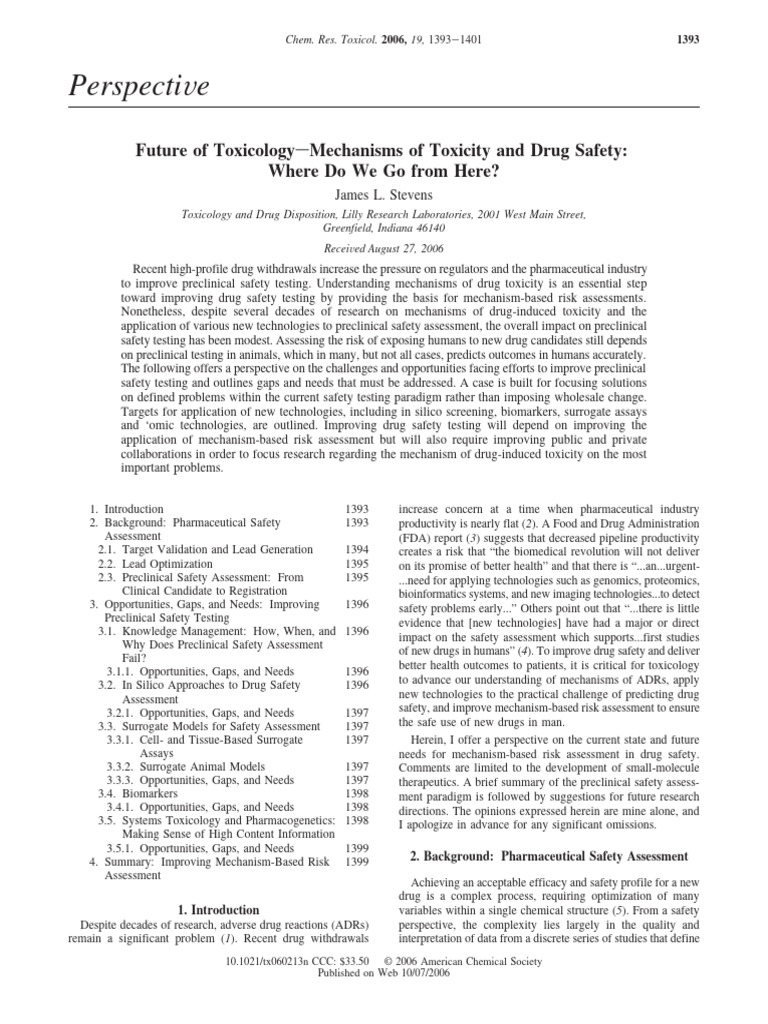Timberlake Toxicology: A Deep Dive Into The Science Of Environmental Poisons
Welcome to the world of Timberlake Toxicology, where we unravel the mysteries behind poisons, pollutants, and their impact on our environment and health. If you're here, chances are you're curious about how toxic substances affect ecosystems, humans, and wildlife. Well, buckle up, because this journey is going to be both informative and eye-opening. Let's dive straight in!
In today's fast-paced world, toxicology has become more relevant than ever. From industrial chemicals to natural toxins, understanding how these substances interact with living organisms is crucial for maintaining public health and environmental sustainability. Timberlake Toxicology is not just a field of study; it's a mission to protect life as we know it. Whether you're a scientist, a concerned citizen, or simply someone who wants to stay informed, this article will provide you with the knowledge you need.
As we explore Timberlake Toxicology, we'll cover everything from its history to its practical applications. By the end of this article, you'll have a solid understanding of why toxicology matters and how it influences our daily lives. So, let's get started and discover the fascinating world of toxins and their effects!
Read also:Who Does Mckenna Grace Play In Young Sheldon The Rising Star Unveiled
What is Timberlake Toxicology?
Timberlake Toxicology is a specialized branch of toxicology that focuses on the study of poisons and their effects on living organisms. It's not just about identifying toxins; it's about understanding how they behave, how they enter our environment, and how we can mitigate their impact. This field is vital for safeguarding public health and preserving ecosystems.
For those who might be wondering, toxicology isn't just about snakes or spiders. It's a broad science that encompasses everything from air pollution to food additives. Timberlake Toxicology, in particular, emphasizes the importance of understanding toxins in natural and industrial settings. By studying these substances, scientists can develop strategies to protect both humans and wildlife from harmful exposures.
Let's break it down a bit further:
- Toxicology involves identifying and analyzing toxic substances.
- It studies the effects of these substances on biological systems.
- Timberlake Toxicology focuses on practical applications to improve health and safety.
Why Timberlake Toxicology Matters
In a world filled with pollutants, Timberlake Toxicology plays a critical role in ensuring that we live in a safe and healthy environment. From industrial chemicals to pharmaceuticals, toxins are everywhere. Understanding their impact is essential for making informed decisions about health, safety, and environmental protection.
For instance, consider the rise in air pollution in urban areas. Timberlake Toxicology helps us understand how pollutants like carbon monoxide and nitrogen dioxide affect respiratory health. By studying these effects, scientists can develop guidelines to reduce exposure and protect vulnerable populations.
Here are a few reasons why Timberlake Toxicology matters:
Read also:E333s Fitness Locations Near Me Your Ultimate Guide To Finding The Perfect Gym
- It helps identify potential health risks associated with toxins.
- It provides the foundation for regulatory policies that protect public health.
- It aids in the development of safer products and technologies.
History of Timberlake Toxicology
Toxicology has been around for centuries, but Timberlake Toxicology emerged as a distinct field in the late 20th century. It was born out of a growing concern about the impact of industrialization on human health and the environment. Scientists realized that understanding toxins was no longer optional; it was a necessity.
One of the key milestones in the history of Timberlake Toxicology was the establishment of the Environmental Protection Agency (EPA) in the United States. This agency was created to address the growing number of environmental issues, many of which were related to toxic substances. Since then, Timberlake Toxicology has evolved into a multidisciplinary field that incorporates biology, chemistry, and environmental science.
Key Events in Timberlake Toxicology
Here are some of the most significant events in the history of Timberlake Toxicology:
- 1970: The establishment of the EPA marked a turning point in environmental regulation.
- 1980s: The discovery of dioxins in industrial waste highlighted the need for stricter controls.
- 2000s: Advances in genetic toxicology opened new avenues for research and innovation.
The Science Behind Timberlake Toxicology
At its core, Timberlake Toxicology is all about science. It involves a deep understanding of how toxins interact with biological systems. This requires knowledge of chemistry, biology, and even physics. Scientists use a variety of methods to study toxins, from laboratory experiments to field observations.
One of the most important concepts in Timberlake Toxicology is the dose-response relationship. This principle states that the effects of a toxin depend on the amount of exposure. In other words, a small dose might be harmless, while a large dose could be lethal. Understanding this relationship is crucial for assessing risk and developing safety guidelines.
Types of Toxins Studied in Timberlake Toxicology
Timberlake Toxicology covers a wide range of toxins, including:
- Industrial chemicals like benzene and formaldehyde.
- Natural toxins such as snake venom and plant poisons.
- Pharmaceuticals and their potential side effects.
Practical Applications of Timberlake Toxicology
Timberlake Toxicology isn't just theoretical; it has real-world applications that impact our daily lives. From developing safety standards to creating new treatments for poisoning, this field is all about solving problems. Here are a few examples of how Timberlake Toxicology is applied in practice:
First, let's talk about regulatory standards. Timberlake Toxicology provides the scientific basis for setting limits on exposure to toxic substances. These limits help protect workers, consumers, and the environment from harmful effects. For instance, the Occupational Safety and Health Administration (OSHA) uses toxicology data to establish permissible exposure limits (PELs) for hazardous chemicals in the workplace.
Another important application is in the development of antidotes and treatments for poisoning. Timberlake Toxicology plays a key role in identifying effective treatments for exposure to toxic substances. This is particularly important in emergency situations where time is of the essence.
Case Studies in Timberlake Toxicology
To better understand the practical applications of Timberlake Toxicology, let's look at a few case studies:
- The Flint Water Crisis: Toxicology helped identify lead contamination in the water supply.
- Bhopal Gas Tragedy: Toxicology played a crucial role in assessing the long-term health effects of gas exposure.
- Asbestos Exposure: Toxicology research led to the banning of asbestos in many countries.
Challenges in Timberlake Toxicology
Despite its importance, Timberlake Toxicology faces several challenges. One of the biggest challenges is the sheer complexity of toxins and their interactions. With thousands of new chemicals being introduced every year, keeping up with the latest developments can be overwhelming. Additionally, funding for research and development is often limited, which can slow progress in the field.
Another challenge is public perception. Many people have misconceptions about toxins and their effects. Timberlake Toxicology aims to educate the public and dispel myths about poisons and pollutants. By doing so, it hopes to foster a better understanding of the risks and benefits associated with toxic substances.
Solutions to Overcome Challenges
Here are a few strategies for overcoming the challenges in Timberlake Toxicology:
- Investing in research and development to stay ahead of emerging threats.
- Collaborating with other fields, such as medicine and engineering, to develop innovative solutions.
- Engaging with the public to promote awareness and understanding of toxicology.
Future Directions in Timberlake Toxicology
The future of Timberlake Toxicology looks promising, with new technologies and approaches on the horizon. Advances in genomics, proteomics, and computational modeling are opening up new possibilities for studying toxins and their effects. These technologies will enable scientists to predict toxicity with greater accuracy and develop more effective treatments.
Another exciting development is the rise of green chemistry. This approach focuses on designing products and processes that minimize the use and generation of hazardous substances. Timberlake Toxicology plays a key role in guiding this movement, ensuring that new technologies are both safe and sustainable.
Conclusion
Timberlake Toxicology is a vital field that addresses some of the most pressing issues facing our world today. From protecting public health to preserving the environment, its applications are far-reaching and impactful. By understanding toxins and their effects, we can make informed decisions about how to live safely and sustainably.
So, what can you do? Start by educating yourself about toxins and their effects. Stay informed about the latest developments in Timberlake Toxicology and support efforts to promote safety and sustainability. Together, we can create a healthier, safer world for everyone.
Now, it's your turn. Do you have any questions or comments about Timberlake Toxicology? Leave a comment below and let's continue the conversation. And don't forget to share this article with your friends and family. Knowledge is power, and together, we can make a difference!
Table of Contents
- What is Timberlake Toxicology?
- Why Timberlake Toxicology Matters
- History of Timberlake Toxicology
- The Science Behind Timberlake Toxicology
- Practical Applications of Timberlake Toxicology
- Challenges in Timberlake Toxicology
- Future Directions in Timberlake Toxicology
- Conclusion


